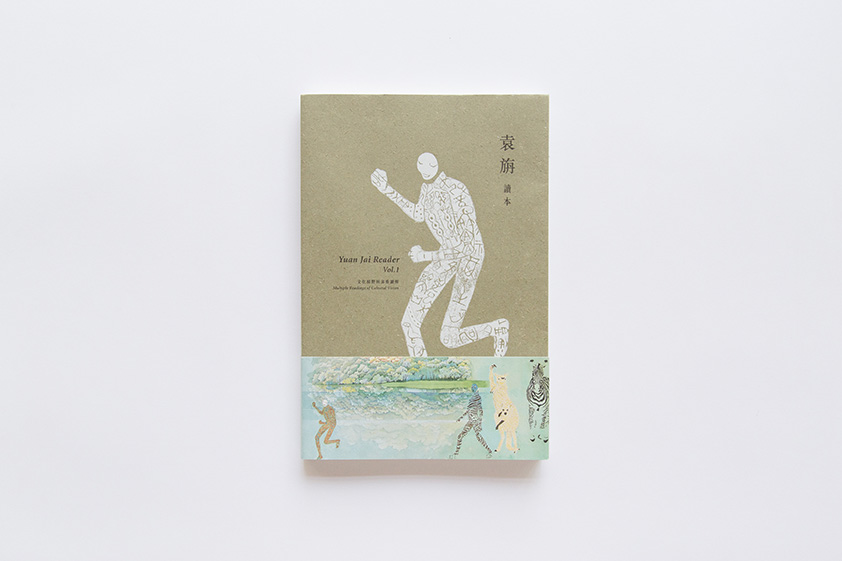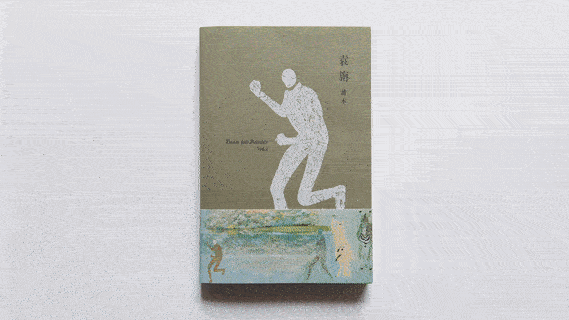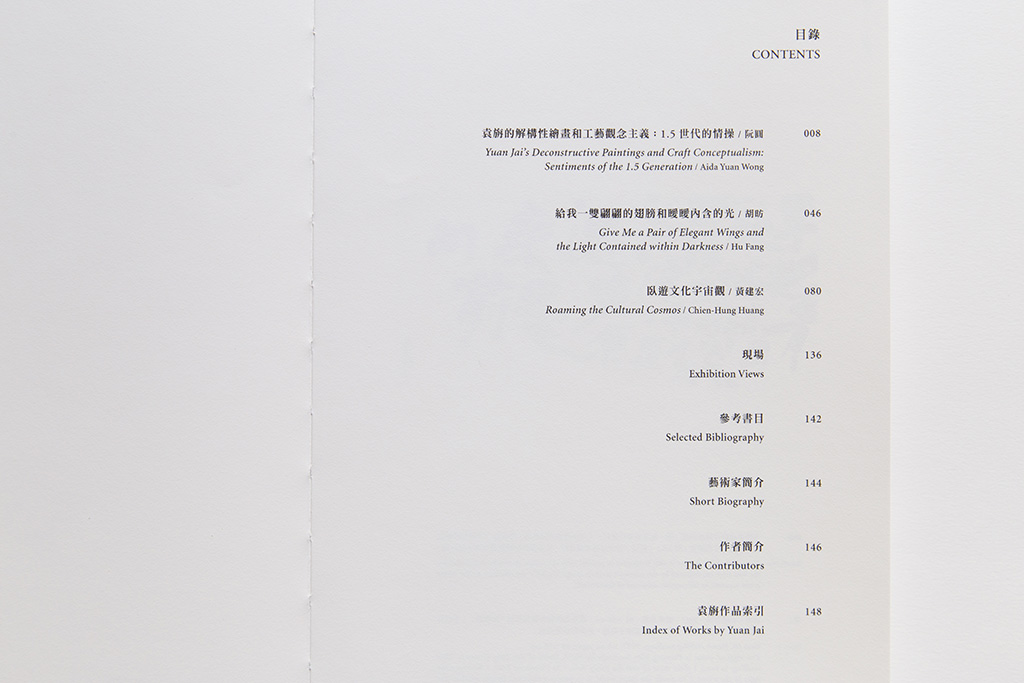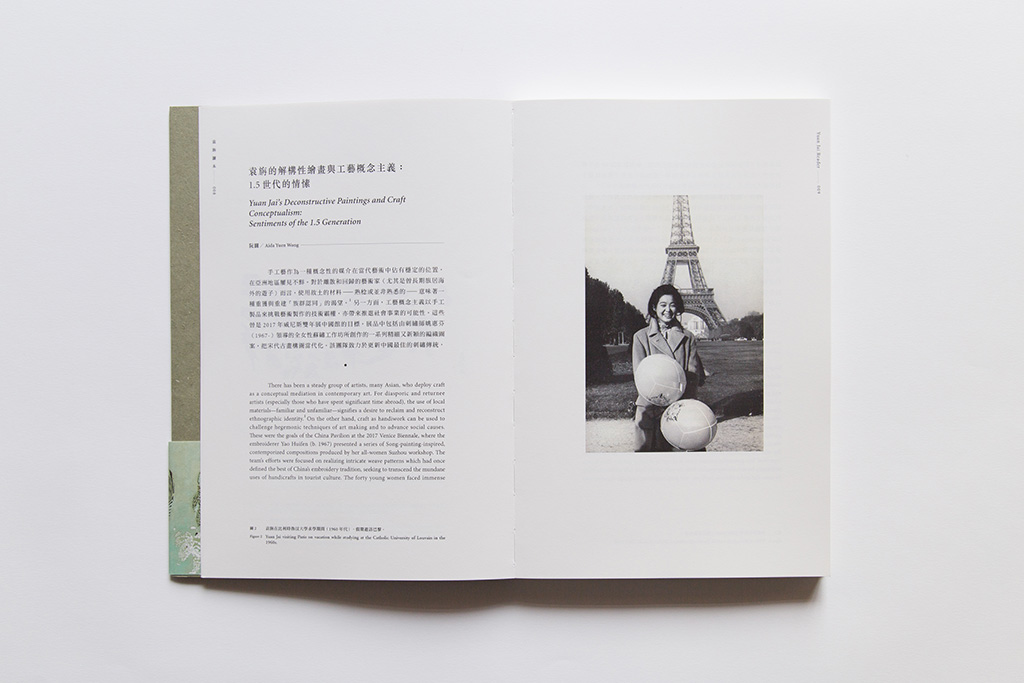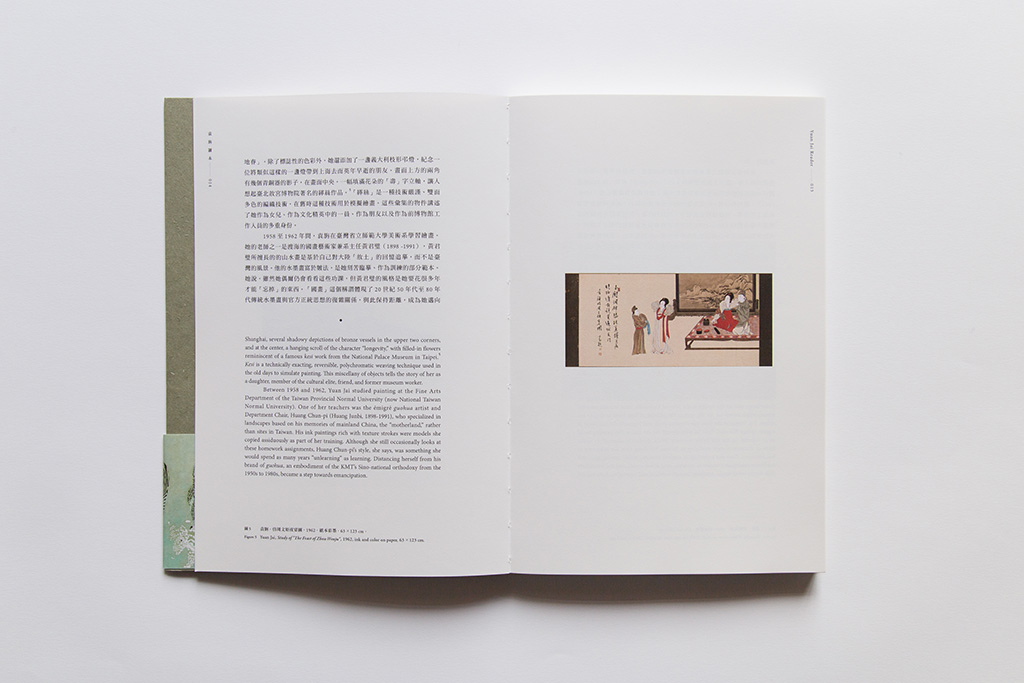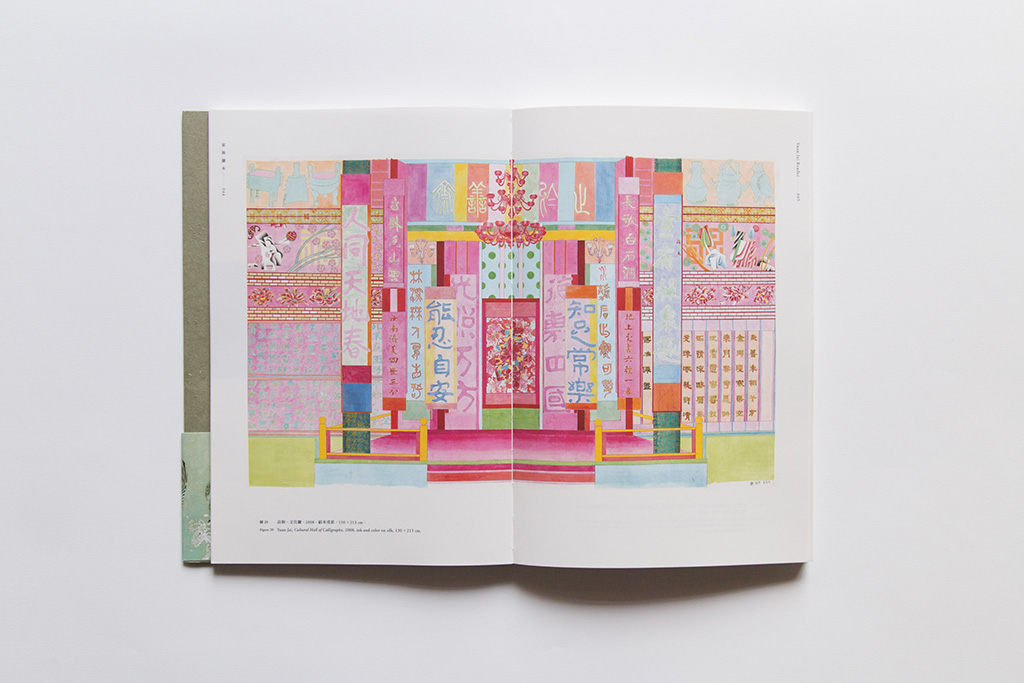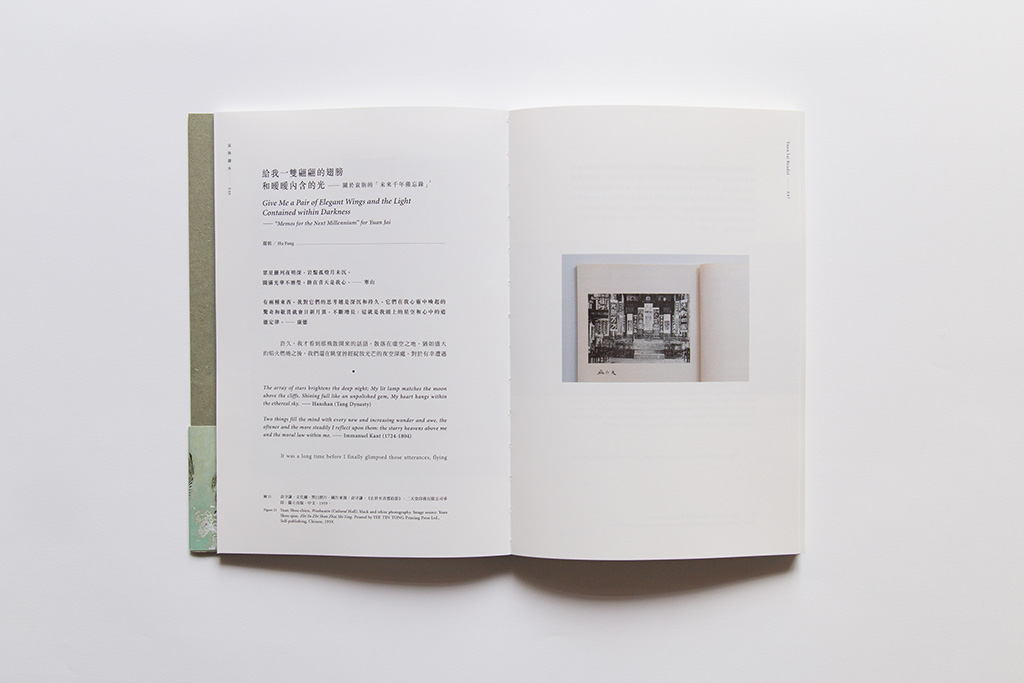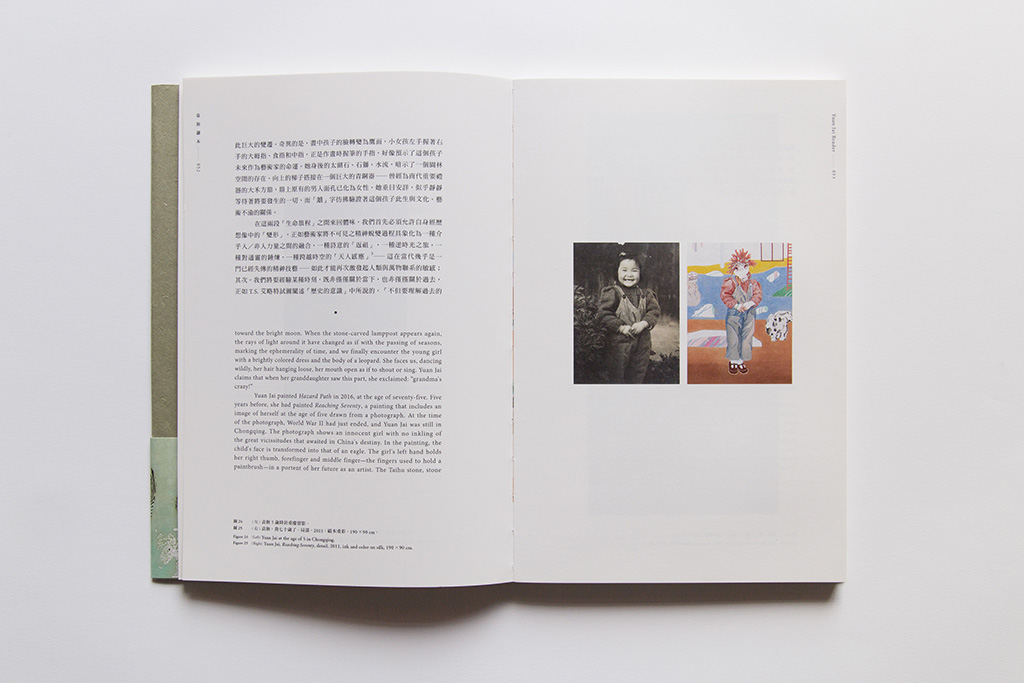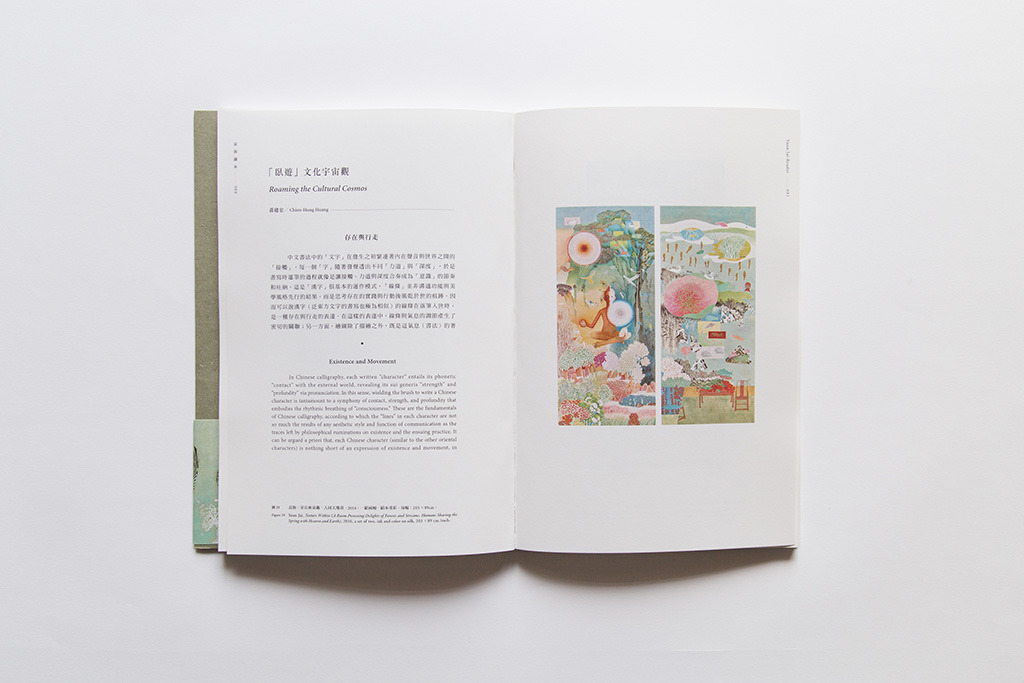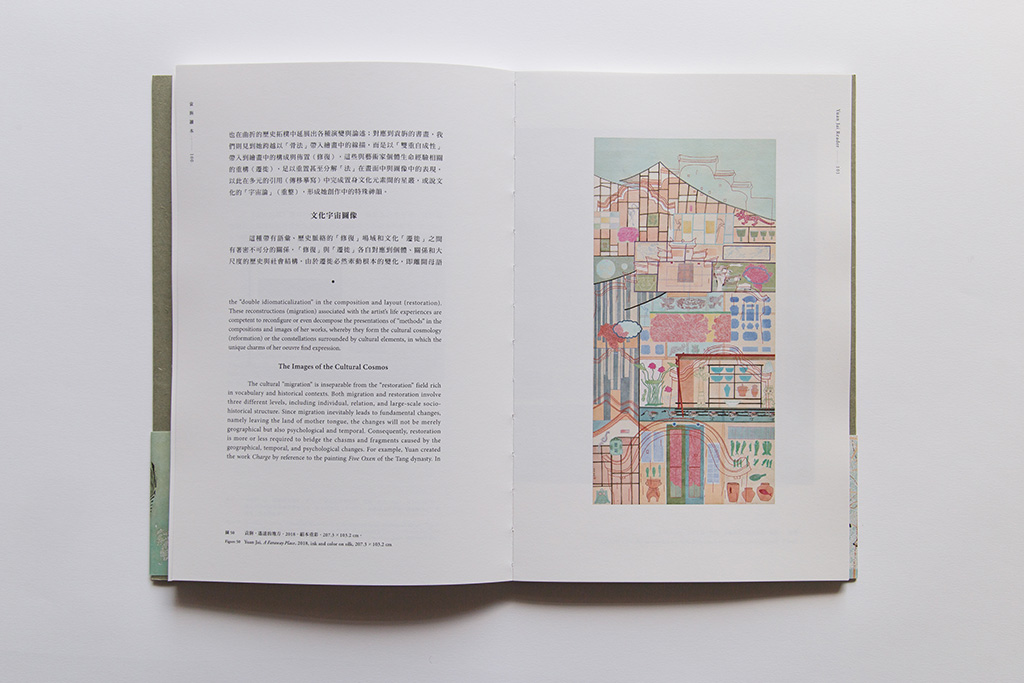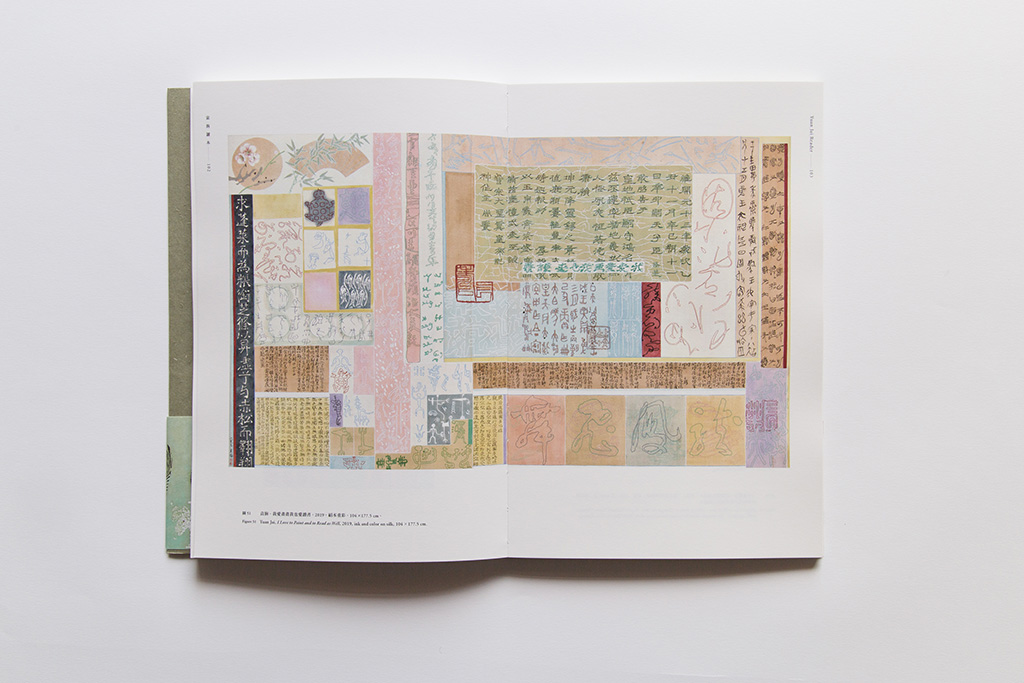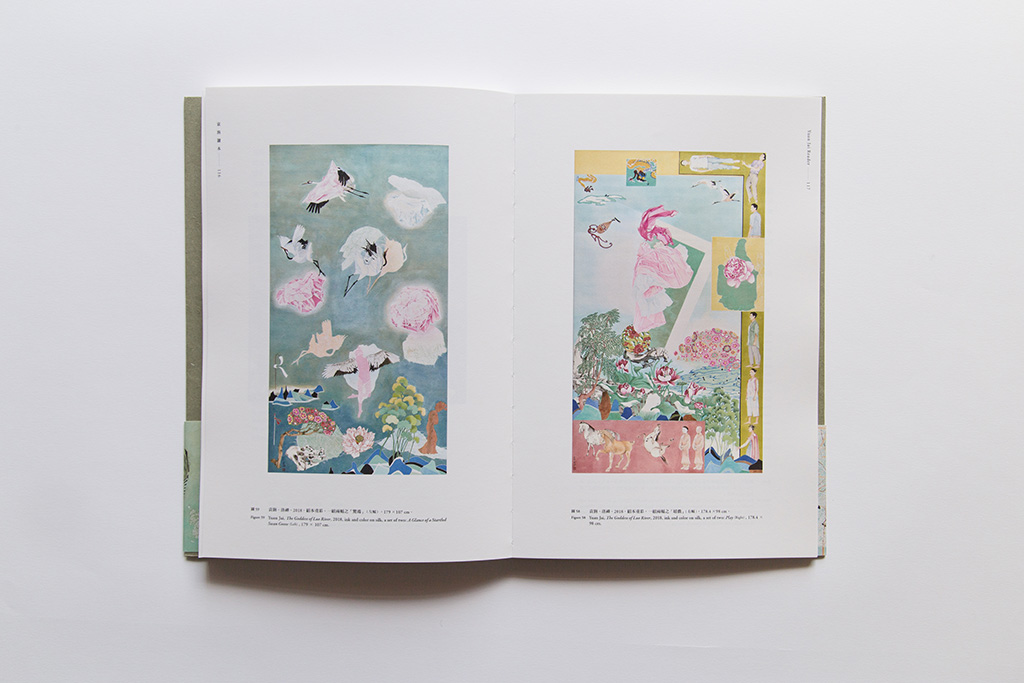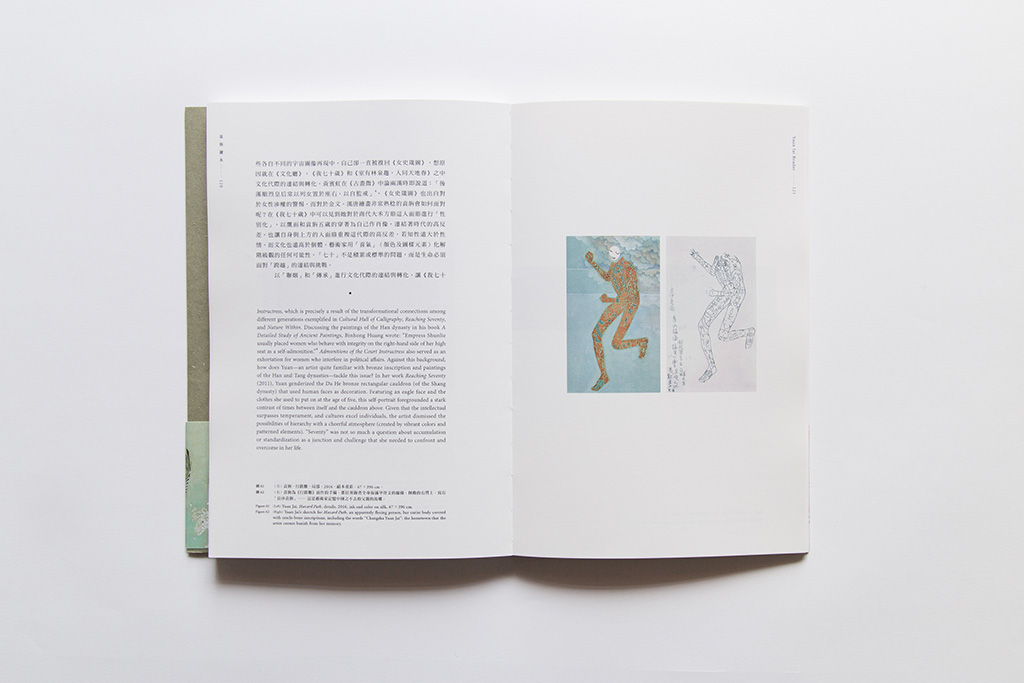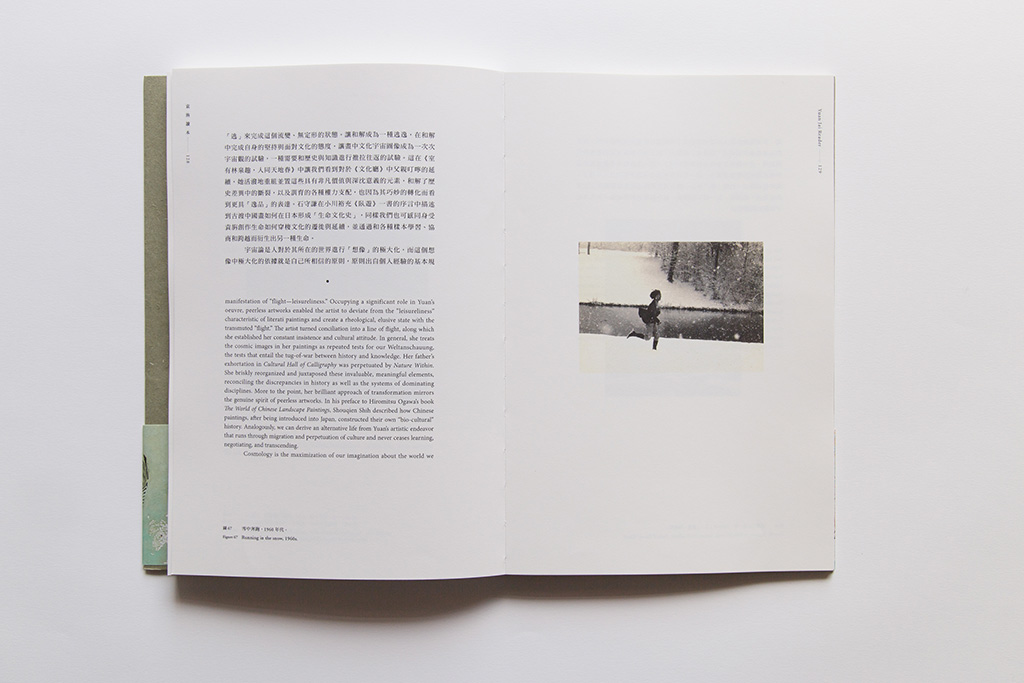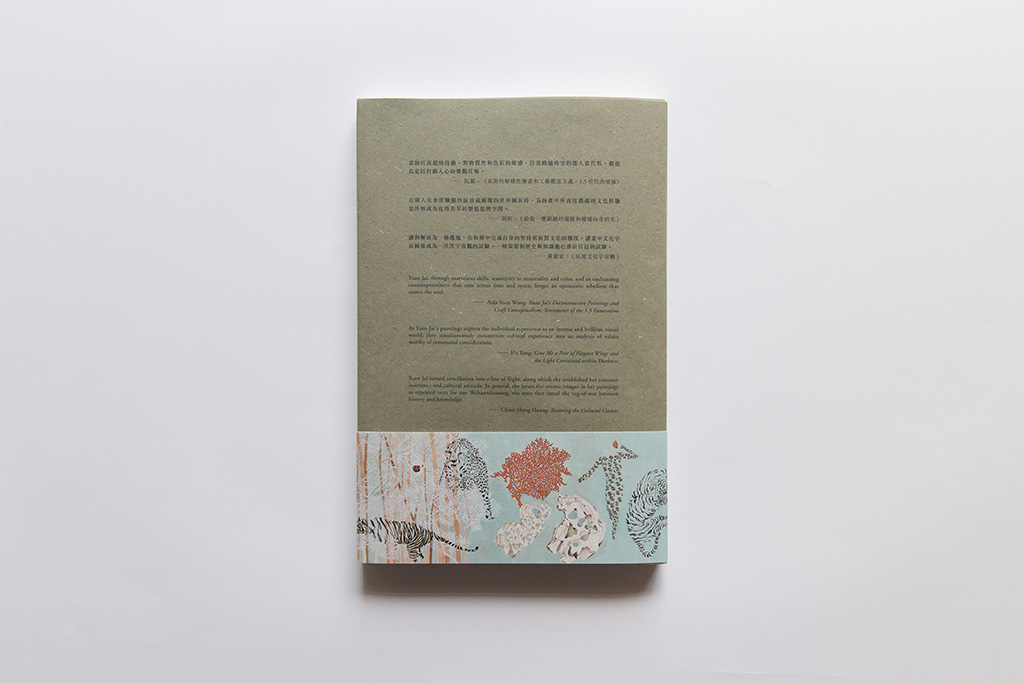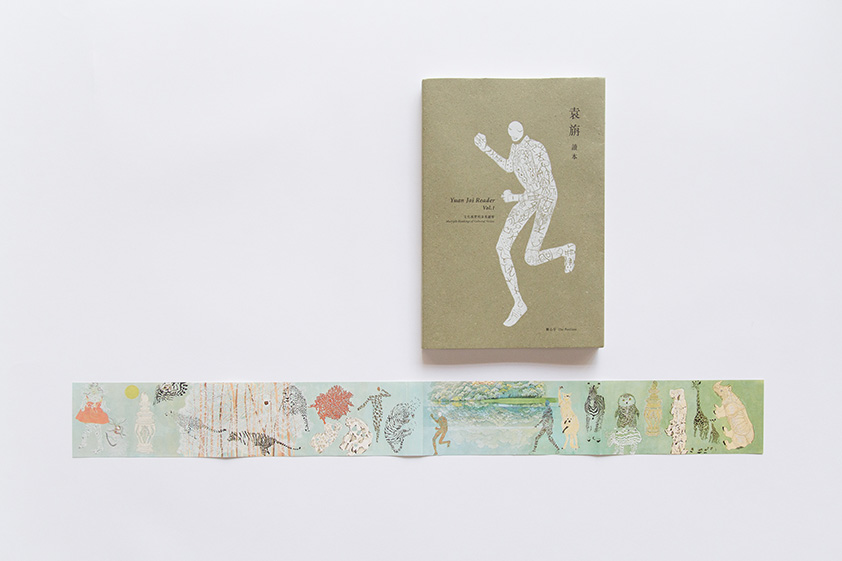Introduction
The publication of “Yuan Jai Reader (Vol.1)” emphasizes on the cultural version and narrations constructed by Yuan Jai’s long- term art practices. Alongside a constellation of selected works realized over the last 50 years, the essays explore in parallel the complexity of Yuan Jai’s cultural narrations behind the images, and open up further paths for research and discussion.
If we trace back what Walter Benjamin said, “the art of storytelling is reaching its end because the epic side of truth, wisdom, is dying out,”[1] then Yuan Jai revives the narrative potential of Chinese painting by continuously positioning the narrative within the relationship between the individual and history. She explores the cultural ecosystem cultivated by individual life experience, thereby developing a series of cultural narratives. Only by locating these narratives within continuous—rather than fragmented—cultural processes can the artist enter into the realm of life philosophy through the composition of a painting.
Yuan Jai’s paintings contain an intricate lineage of artists past, but they also strike postures of rebellion. The result is a new vitality within Chinese painting that compels us to ask: what kind of life experience must an artist endure to transform all these bio-cultural elements or roles into a refreshing cosmic image, thereby transfiguring the creation of her oeuvre into an epic voyage across the cultural cosmos?
Contents
Essays included in the book:
Aida Yuan Wong : Yuan Jai‘s Deconstructive Paintings and Craft Conceptualism: Sentiments of the 1.5 Generation
Hu Fang: Give Me a Pair of Elegant Wings and the Light Contained within Darkness
Chien-Hung Huang: Roaming the Cultural Cosmos
Selected Pages
Yuan Jai, through marvelous skills, sensitivity to materiality and color, and an enchanting contemporariness that cuts across time and space, forges an optimistic rebellion that moves the soul.
——Aida Yuen Wong: Yuan Jai‘s Deconstructive Paintings and Craft Conceptualism: Sentiments of the 1.5 Generation
As Yuan Jai’s paintings express the individual experience as an intense and brilliant visual world, they simultaneously concentrate cultural experience into an analysis of values worthy of communal consideration.
——Hu Fang: Give Me a Pair of Elegant Wings and the Light Contained within Darkness
Yuan Jai turned conciliation into a line of flight, along which she established her constant insistence and cultural attitude. In general, she treats the cosmic images in her paintings as repeated tests for our Weltanschauung, the tests that entail the tug-of-war between history and knowledge.
——Chien-Hung Huang: Roaming the Cultural Cosmos
Concept: The Pavilion
Language: Chinese, English
Size: 26 × 17.5 cm
Pages: 152 (full color printing)
Year: 2021
The Pavilion
————————————
[1] Walter Benjamin, “The Storyteller,” Illuminations: Essays and Reflections, Hannah Arendt ed., Zhang Xudong, Wang Wen trans., Sanlian Press, Beijing (2014), p. 98. Chinese
More on >>
[About the Artist]
Yuan Jai was born in 1941 in Chongqing, Sichuan Province, into a family for whom art and culture were part of daily life, and grew up immersed in Chinese calligraphy and painting. In 1958, she entered the Department of Art at the Taiwan Provincial Normal University (now Department of Fine Arts at National Taiwan Normal University), where she laid a solid foundation of Chinese painting skills by learning from many masters, such as Pu Hsin-yu and Huang Chun-pi. After graduation in 1962, she went to Europe to further her studies, first with a master’s degree in the Department of Archaeology and Fine Art History at the Université catholique de Louvain, then with doctoral studies on preservation and conservation of cultural artifacts at the Institut royal du Patrimoine artistique (IRPA) in Brussels. Yuan returned to Taiwan in 1969 and joined the Department of Antiquities of the National Palace Museum in Taipei. There she established the Office of Technology, the first museum department dedicated to the conservation of cultural relics in Taiwan, passing to the museum the knowledge she had learned abroad and coming in contact with masterpieces of Chinese ancient and modern arts.
Yuan Jai did not resume her painting practice until her forties. Since picking up her painting brush again in 1987, Yuan Jai has attempted to find innovative methods of Chinese painting by using the tradition as the foundation, and incorporating the skills and concepts she has encountered and absorbed in the course of her multiple life experiences. In her work, she explores the diverse possibilities of subject matters and colors in Chinese painting. In addition to her innovative experiments with expression methods, Yuan Jai revives the narrative potential of Chinese painting by continuously positioning this narrative within the relationship between the individual and history.
Photo by Wen Peng
Image and Text: The Pavilion, ©Authors, The Pavilion, 2021
